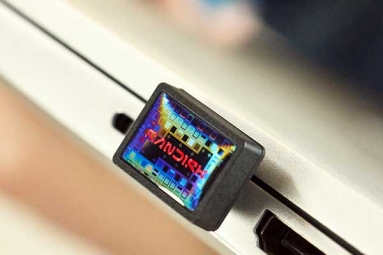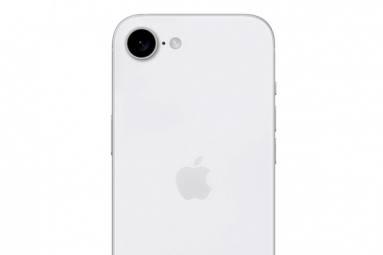
(Image source from: Thehansindia.com)
A recent report indicates that the iPhone SE 4 will have slower upload and download speeds when compared to the premium iPhone 16 models. The device is expected to be unveiled on February 19 as the successor to the iPhone SE (2022) and will feature some notable firsts, including Apple's own 5G modem. This new phone is predicted to be equipped with a modem developed by TSMC, which will not support mmWave 5G, potentially resulting in reduced network speeds and possibly putting it at a disadvantage against competitors like the Qualcomm X75 modem.
Historically, Apple has depended on chip components from other original equipment manufacturers such as Intel and Qualcomm, but the company has focused on bringing some production in-house. Speculation about Apple's proprietary 5G modem has persisted for several years. Initially, there were expectations that it would debut alongside the iPhone 14, followed by the iPhone 15 series, but setbacks have pushed back its release.
The iPhone SE 4 is expected to mark a shift in this strategy. A report from a South Korean source suggests that this upcoming model will include Apple's proprietary 5G modem, albeit without mmWave 5G support. Consequently, it might experience slower data transfer rates relative to competitors. Analyst Ming-Chi Kuo previously indicated that Apple plans to gradually eliminate outsourced modems, with the iPhone SE 4 serving as a possible starting point for this transition to in-house technology. Furthermore, the anticipated iPhone 17 Air/Slim could become the second device to feature Apple’s proprietary components. Both devices are expected to launch this year, with the Air model rumored to arrive in the third quarter of 2025. However, it remains unclear whether the iPhone 17 series will continue to use Qualcomm’s cellular technology or switch to Apple’s own inferior chipset.













